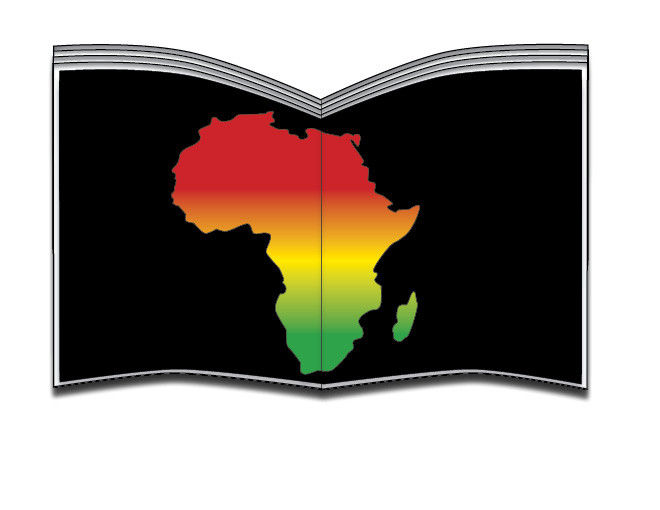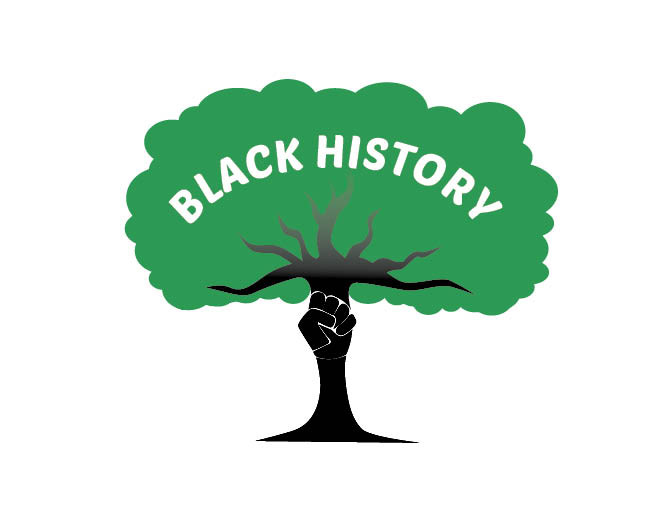Hannah Tiller, Editor in Chief
@hannahtcourant
The Board of Education (BOE) set out on a 2020-2021 district goal to improve educational opportunities on the topics of diversity, equity, and inclusion in the classroom and in professional development. Though school departments continuously integrate Black history into courses throughout the year, there is ongoing discussion on how to elevate the racial education for students at the high school.
In June, a “Letter to NCPS” was presented to the BOE, pleading for the expansion of resources to better prepare students for the larger, professional world. Will Hennessy, the original writer, encouraged the BOE to take initiative in their district goals for the 2020-2021 school year. The goal was eventually created in September, calling to “Understand and communicate efforts to expand and increase educational diversity, equity, and inclusion (DEI) throughout the district…” according to the Board of Education District Goals. Since then, educators have put in the effort to discuss their methods of teaching and curriculum.
While some educators take advantage of Black History Month to shed light on events and people in the narrative of black history, many integrate Black history into the classroom throughout the year. “I don’t want Black history, culture, and achievements to be pigeonholed into a month. My department wants to make sure it’s throughout our curriculum where it fits in, woven into the narrative of what kids should know about their country,” Chair of the Social Studies Department Robert Stevenson said.
“There is always an open discussion in the social studies department about where it makes sense to include modern case studies,” Mr. Stevenson said when speaking about the storming of the Capitol Building which occurred on January 6th.
Many of the changes in curriculum are driven by the desire to increase variety. In American Studies, “We were conscious about choosing literature that represented a broad range of people in America. Yes we read, Death of a Salesman, but I always was excited to teach Fences alongside that. We’d read Huck Finn, we’d read Frederick Douglass,” Mr. Stevenson said.

Similarly, the English Department has attempted to include The Nickel Boys by Colson Whitehead alongside Catcher in the Rye by J.D. Salinger in their curriculum. “What’s really evolved is that over the years more and more English teachers have felt less of a need to stick to the [Western] Canon, and this has been a conversation that goes back to the 1950s and 60s about how much you can abandon the Western Canon,” Chair of the English Department Evan Remley said. “In the last ten years what we’ve been really trying to do is to continue to offer choices to students and focus less on class reads.”
The conversation of what books and texts are discussed varies over the years, but especially this year because of the Board of Education District goal. A part of this discussion comes about in professional learning opportunities. One of the ways to focus on racial education was “to continue to provide professional development for faculty and staff focused on increasing awareness of issues of equity, improving cultural humility, and increasing culturally proficient and responsive educational practices,” Chair of the BOE Katrina Parkhill said.
There have been Professional Development meetings on Wednesdays and speakers will possibly work with all of the departments to speak of the narrative of people of color. “I did have some conversation with some graduates over the summer just offering to be open as a panel to sort of talk about this world,” Mr. Remley said. One of the questions posed to these alumni was: “What kinds of skills and challenges are you going to be facing in the workforce and how can we better prepare you for those?”
The BOE goal has certainly come into consideration in the discussion of teaching Black History in the future. While it has been difficult to address this goal during professional learning, given that it is conducted over Zoom or in limited spaces, plans for a state-mandated course in Black and Latino studies have surfaced for the 2022 school year.
“It shows great strength as a society, as an institution, as a school to be able to look at different voices, ask hard questions and sometimes turn inward before turning outward,” Mr. Stevenson said when asked if Black history was celebrated enough at NCHS. “That’s one of the things we’ve always tried to do is to just offer that balance of voices and constantly look at the experiences we’re offering in terms of our education.”





